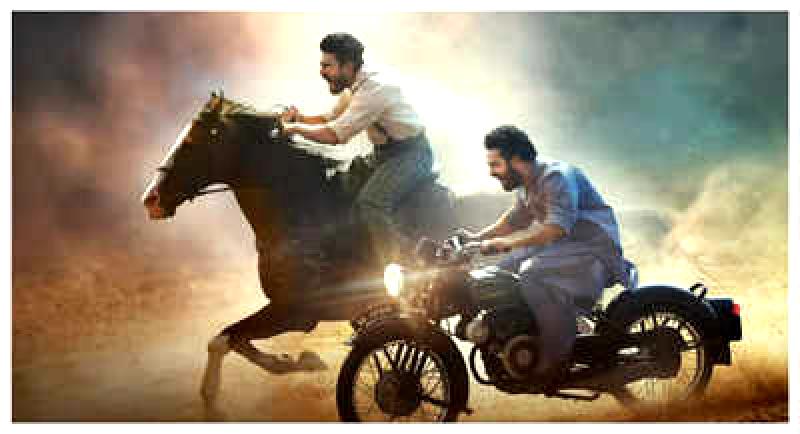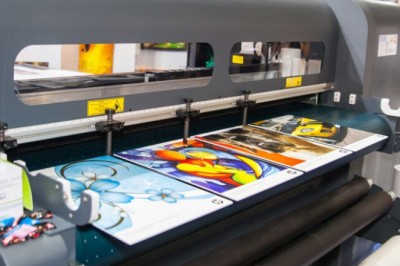
Recent Bollywood films like Fighter, Bade Miyan Chote Miyan, Chandu Champion, and Animal have heavily relied on VFX for their dynamic action sequences, explosions, and war scenes to captivate audiences. But how do VFX artists bring these effects to life behind the scenes? We interviewed industry experts to shed light on the process. Neelesh Gore, head of computer graphics at a VFX company and experienced in projects like RRR (2022), shared insights on using both live action and CGI elements seamlessly, such as incorporating CGI horses into a chariot scene. On the other hand, N Vinoth Ganesh, head of production at a VFX company with credits in movies like Bholaa and Animal, explained how VFX teams tackle creating intricate action sequences like intense chases and combat scenes, along with crafting detailed environments through digital matte painting and 3D modeling.
Despite challenges of limited budgets and tight deadlines, VFX teams strive to deliver unique and realistic sequences. For example, in Animal, the machine gun scene required meticulous work to ensure authenticity, especially in designing a massive weapon within the confined space of a hotel. The team's dedication to creating compelling action sequences, like the one in Animal, showcases their commitment to engaging audiences and bringing imagination to life on screen.He had a specific vision for how the story should be portrayed on screen, especially focusing on creating a powerful impact with striking visuals such as multiple gunshots, debris flying, and people being thrown by the force of bullets. Neelesh highlights the major challenge faced by Indian VFX teams in delivering Hollywood-quality sequences, attributing it to budget constraints. He notes that while expectations for high-quality results are high, the budgets in India are significantly lower. Tight timelines, in contrast to Hollywood projects, also present additional difficulties. To meet the demands of films like Fighter, extensive computer-generated shots with realistic physics simulations, explosive effects, and dynamic camera movements are essential. Production designer Rajnish Hedao explains that due to fire restrictions and space limitations, filmmakers rely heavily on VFX for achieving desired outcomes. For instance, in Chandu Champion set during the 1971 India-Pakistan war, an anti-aircraft gun was created using VFX for firing bullets. Scenes requiring a large number of tents involved building a few physical tents and digitally creating the rest through VFX. Similarly, VFX was utilized in creating a chopper without its rotating blades for Bade Miyan Chote Miyan, where explosion scenes were enhanced by digital effects to add impact. Due to safety concerns, the use of actual fire is limited; hence, explosions are shot with smoke effects on set and fire is added later through VFX. The VFX production timeline can vary from six months (as seen in Chandu Champion) to two years (for VFX-heavy films like Brahmastra). The budget for VFX projects ranges from ₹15 crore to ₹800 crore. Discussing the impact of AI on the VFX industry, Neelesh Gore, an experienced VFX specialist, believes AI will play a transformative role. By simplifying workflows and introducing new tools and techniques, AI is expected to foster innovation among VFX teams. Embracing AI technology with a positive attitude is crucial to harness its potential benefits.Incorporating AI into VFX production can have a significant influence on various aspects such as automating repetitive tasks, enhancing efficiency, real-time rendering, motion capture, animation, content customization, and reducing costs. Neelesh elaborates on how these advancements can positively impact the industry, while N Vinoth Ganesh acknowledges the value of AI in boosting productivity while maintaining creativity. Despite these benefits, achieving true realism and photorealism in VFX still poses a challenge and demands further progress.











